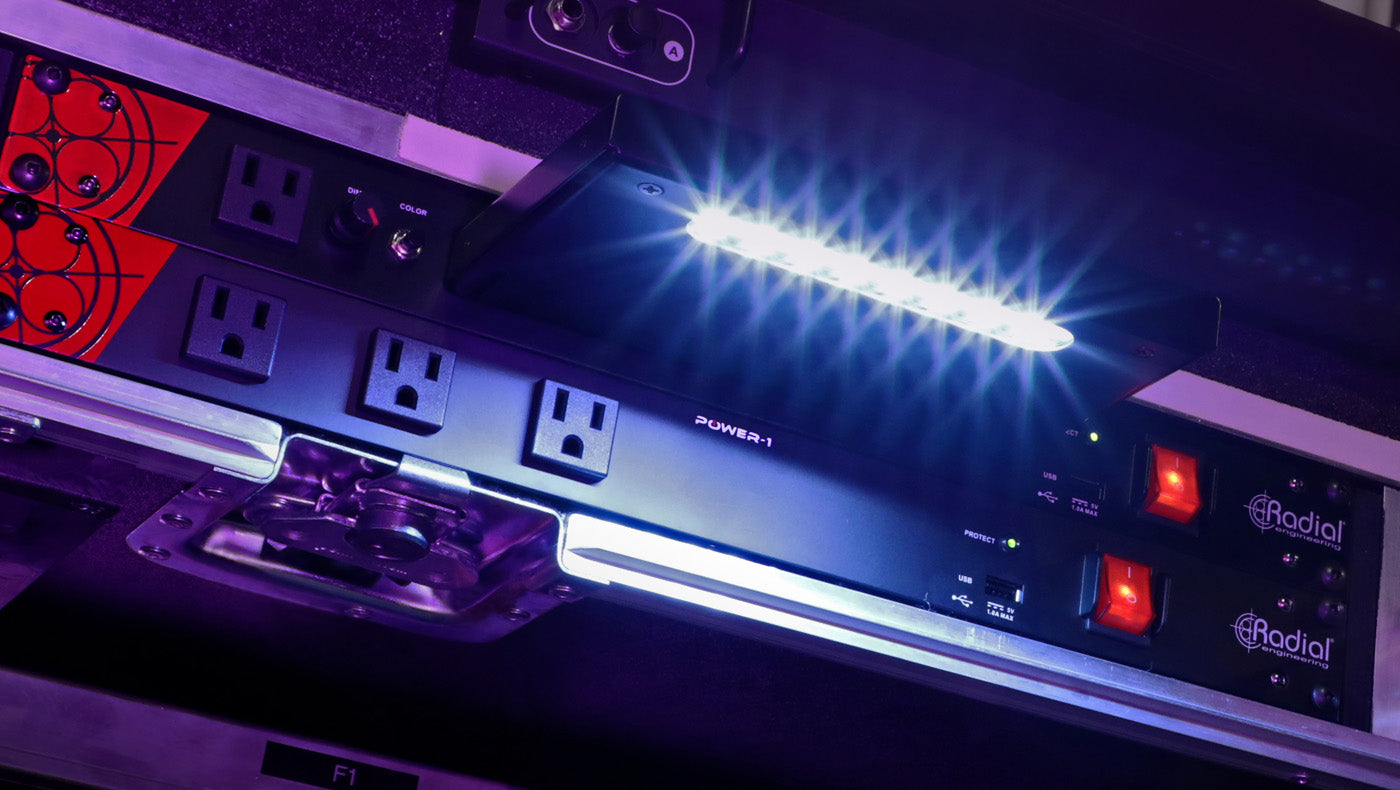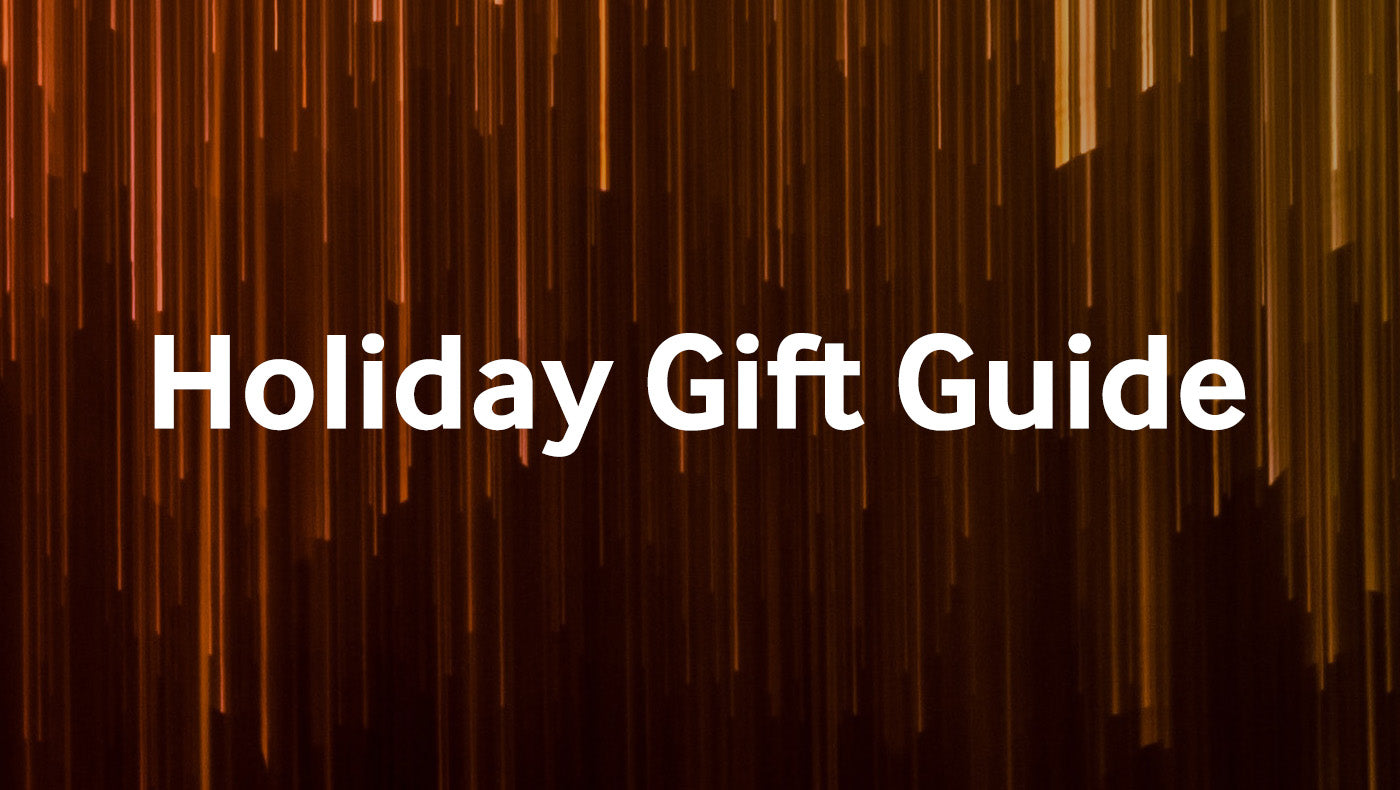
Podcasting brings the world of broadcasting to your doorstep and gives you the potential to reach a vast audience around the world. If you have ever wondered about starting your own podcast to share your knowledge, opinions, or passion with the world, then check out this article for our gear recommendations and tips to get you started.
Microphone
When it comes to recording, there are a ton of microphone options out there on the market. For podcasting, you can use almost any microphone that is designed for studio vocal recording, which includes both condenser and dynamic microphones. Dynamic microphones tend to be preferred because they don't pick up as much additional room noise, sticking to only what is directly in front of them. Here is our top 5 microphone recommendations for podcast recording:
-
Heil PR-40 - The PR-40 has quickly become the defacto standard microphone for podcasting. This dynamic microphone has a shock-mounted cartridge, and a built-in pop filter to help tame pesky p-pops. Its end-fire element ensures that you are only recording what is right in front of the microphone, eliminating additional room noise as well. It also happens to be the hands-down best sounding dynamic microphone on the market today.
-
Neumann BCM 705 - If you've done anything with microphones, you know the Neumann name. The BCM 705 is a high quality dynamic microphone designed specifically for broadcasting and journalism, and it has the sound to prove it. The PSM 705 is especially great for boom mount applications.
-
Blue Spark - One of the only condenser microphones on this list, the spark is an extremely versatile microphone that can be used for a wide variety of applications, including instruments, vocals, and of course, podcasting. This microphone has a shock mount and pop filter included that help eliminate additional handling noise and p-pop control. The Spark also has a unique focus control setting that eliminates a lot of the traditional room-noise often associated with condenser microphones.
-
Heil Microphones The Fin - The Fin is a microphone that not only sounds good, it looks fantastic. Its Art Deco design combined with it's internal LED lighting make for one very sweet looking microphone (you've seen it on movies like "The Hunger Games"). This microphone is also top-notch quality and is perfect for podcasting!
-
Studio Projects LSM - This little square microphone is surprisingly good at what it does. The LSM features a USB direct connection, and a mini-XLR connector as well so you can use it as a direct connect to your computer, or go through an interface or preamp of your choice. This little microphone is available in four different colors and can easily sit on your desk or fold down for your next business trip, making it a great microphone to have around.
Quick Tip: Choosing the right microphone can have a profound impact on your podcast audio quality, and should be able to capture your voice accurately without too much coloration.
Recording Interface
Another important consideration when it comes to audio quality is how you are going to capture or record your podcast. The microphone will need to have a preamplifier of some sort to boost the audio signal to a level for recording. Computer recording interfaces have built in mic preamps that are designed specifically for that purpose, recording what comes through the microphone directly to your computer so you can edit it, save it, and get it ready to be shared. Alternatively you can use a digital recorder with a built-in preamp and then copy your audio file over to your computer later for editing and publication. When looking at computer interfaces, and there a lot to choose from, keep in mind what you intend to do and what features you would like have in place. For instance, do you intend to have anyone else join your podcast, do you need more inputs to make that happen? What about monitoring, do you need additional headphone jacks so more than one person can hear what's being recorded at one time? Another consideration is what type of connection your computer has, as this will direct some of your choices as well - do you have a USB connection? FireWire? Thunderbolt? You don't want to end up with an interface that doesn't work with your computer. Here are top interface recommendations with a brief explanation behind our choices.
-
Focusrite Scarlet 2i2 - This is a dead simple USB interface with direct monitoring capability, high quality converters, and two independent mic preamps with color gain halos around the gain controls so you can easily control clipping. This is also a nice portable interface that makes it easy to take on the road. The 2i2 comes bundled with Ableton Live Lite software.
-
Focusrite Saffire Pro 26 - This FireWire interface is designed for those who need more. It has four separate mic preamps with individual gain controls for each one. It also has a nice 5-segment LED VU meter on the front to calibrate you input levels. Another great feature is the fact that you get two independent headphone outputs (each with their own volume control) for direct monitoring. Another great feature is the ability to connect this unit to a Thunderbolt port with an optional FireWire to Thunderbolt adapter (sold separately). The Saffire Pro 26 comes bundled with Ableton Live Lite software.
-
Focusrite Forte - This USB interface brings a few new features to consider, including RedNet range preamps which blow everything else away. It also features an OLED display that gives you access to the most pertinent information, and allows you to control your DAW, acting as a remote control for your music software.
-
PreSonus Audiobox USB - A great choice for mobile musicians and podcasters, this 2-channel USB interface is bus-powered, compact, ruggedly built, and works with virtually any PC or Mac recording software. It boasts high-performance Class A mic preamplifiers and professional-quality, 24-bit converters. The Audiobox USB comes with PreSonus Studio One 2 Artist software and is designed to get you up and recording very quickly.
-
M-audio Fast Track Solo - This USB interface has a single mic preamp and has a "tablet" port on the back that allows you to connect directly to your iPad for recording. This interface also comes bundled with ProTools Express.
-
MOTU Microbook II - Portable, Rugged, Reliable. This USB interface is designed for life on the go, but it's packed with features that turn it into full-size studio. It even has on-board effects and mixing. The Microbook II comes with AudioDesk 3 for Mac OS.
-
MOTU 828x - The 828x is a full-featured rackmount interface with 32-bit processing for higher audio quality, excellent preamps, and a ton of inputs and outputs. It also has native Thunderbolt connectivity, as well as USB 2.0 support for added flexibility.
Quick Tip: Just like choosing the right microphone is important, having the right interface can really make a difference in your audio quality. The quality of the preamps and the converters inside of the interface can make or break your sound, and thus your audience.
Software
Most computer interfaces come with a bundled software package that is designed to get you started with recording right away. Keep in mind that the full versions of these software packages add a ton of features that are typically designed for full-fledged recording studios, and won't necessarily apply to your particular application. Some software packages, such as PreSonus Studio One 2, allow you to easily export files to SoundCloud and work with .mp3 files, while the Artist version does not. If you are working with iOS or Mac OS you can also use GarageBand for recording and publishing your podcasts.
Quick Tip: When looking at software for recording podcasts, the most important thing is the save options that it has. You will want to have some way to save your audio file as an .MP3 file. Ableton and ProTools Express both require an external converter, while Cubase and Studio One have inexpensive plugin options available.
Bringing it Together
If you are looking for a bundle that includes many of our recommended products, and a few extras, check out the
Blue Starter Studio. This package includes the
Blue Spark Microphone with a
Blue Mic Cable, an
M-Audio Fast Track Solo Interface that comes bundled with
ProTools Express software, and a pair of
M-Audio AV30 Studio Monitors so you can listen to your mix on quality reference monitors. This inexpensive package is available for purchase today, and includes everything you need to get started with recording and podcasting.
Conclusion
It's really easy to get started with recording your own podcast, and there are many resources out there to help you on your way. The hardware that we mention in this article are merely recommendations, and are by no means exhaustive. If you have specific questions about getting started with podcasting and the hardware you will need, give us a call and we'll help you make the best decisions within your budget.
 Podcasting brings the world of broadcasting to your doorstep and gives you the potential to reach a vast audience around the world. If you have ever wondered about starting your own podcast to share your knowledge, opinions, or passion with the world, then check out this article for our gear recommendations and tips to get you started.
Podcasting brings the world of broadcasting to your doorstep and gives you the potential to reach a vast audience around the world. If you have ever wondered about starting your own podcast to share your knowledge, opinions, or passion with the world, then check out this article for our gear recommendations and tips to get you started.


